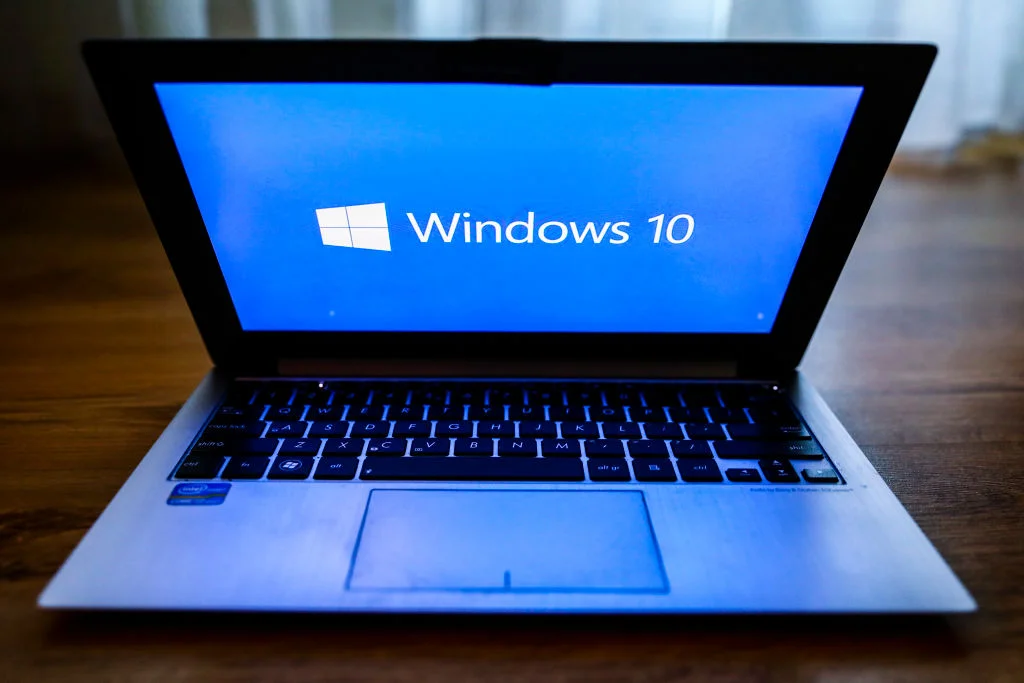
Windows 10 End of Life: Microsoft’s Push for Windows 11 and the Linux Alternative
With Windows 10 reaching its end of life in October 2025, millions of users are facing a critical decision: upgrade to Windows 11, buy a new PC, or explore alternative operating systems. Microsoft is aggressively promoting Windows 11 and its new Copilot+ PCs, but not everyone can or wants to upgrade. What are the options, and what are the implications for users and the environment?
Microsoft has confirmed that after October 14, 2025, Windows 10 PCs will no longer receive crucial security or feature updates, leaving users vulnerable to cyber threats. Microsoft claims that Windows 11 users experience a 62% drop in security incidents, making it a safer choice. However, upgrading isn't always feasible.
For users whose PCs meet the stringent TPM 2.0 requirement, a free upgrade to Windows 11 is available. But a significant number of PCs, possibly over 240 million, don't meet these requirements, leaving their owners with a difficult choice: buy a new Copilot+ PC or risk using an unsupported operating system.

Microsoft's aggressive push for Copilot+ PCs, highlighted by full-screen pop-ups urging users to upgrade, has raised concerns about the company's motivations. Some speculate that this drive stems from a desire to boost Copilot adoption. According to XDA-Developers, only 20 million users use Copilot weekly – a stark contrast to ChatGPT's 400 million. Regardless, Microsoft emphasizes the intuitive and built-in AI experiences offered by Copilot+ PCs.
For those unable or unwilling to upgrade to Windows 11, the 'End of 10' project proposes an alternative: switching to Linux. This initiative specifically targets users with older PCs that don't meet Windows 11's system requirements. Linux offers a way to keep older PCs secure and functional without forcing users to buy new hardware.

The project emphasizes the environmental benefits of extending the lifespan of existing hardware. "Production of a computer accounts for 75+% of carbon emissions over its lifecycle. Keeping a functioning device longer is a hugely effective way to reduce emissions." Additionally, Linux offers a system free from Microsoft's advertisements and telemetry, giving users more control over their computing experience.
Switching to Linux can seem daunting, with a new operating system, interface, and potential compatibility issues. However, the Linux community is known for its helpfulness, offering extensive online support. Community support has an advantage here versus having to rely on Microsoft for additional support for the older operating system.
The end of Windows 10 support presents significant challenges and opportunities. While Microsoft promotes Windows 11, users have to weigh the costs and benefits of upgrading, considering both security and environmental factors. The alternative, provided by Linux, deserves exploring.
What will you do when Windows 10 reaches its end of life? Share your thoughts and plans in the comments below!